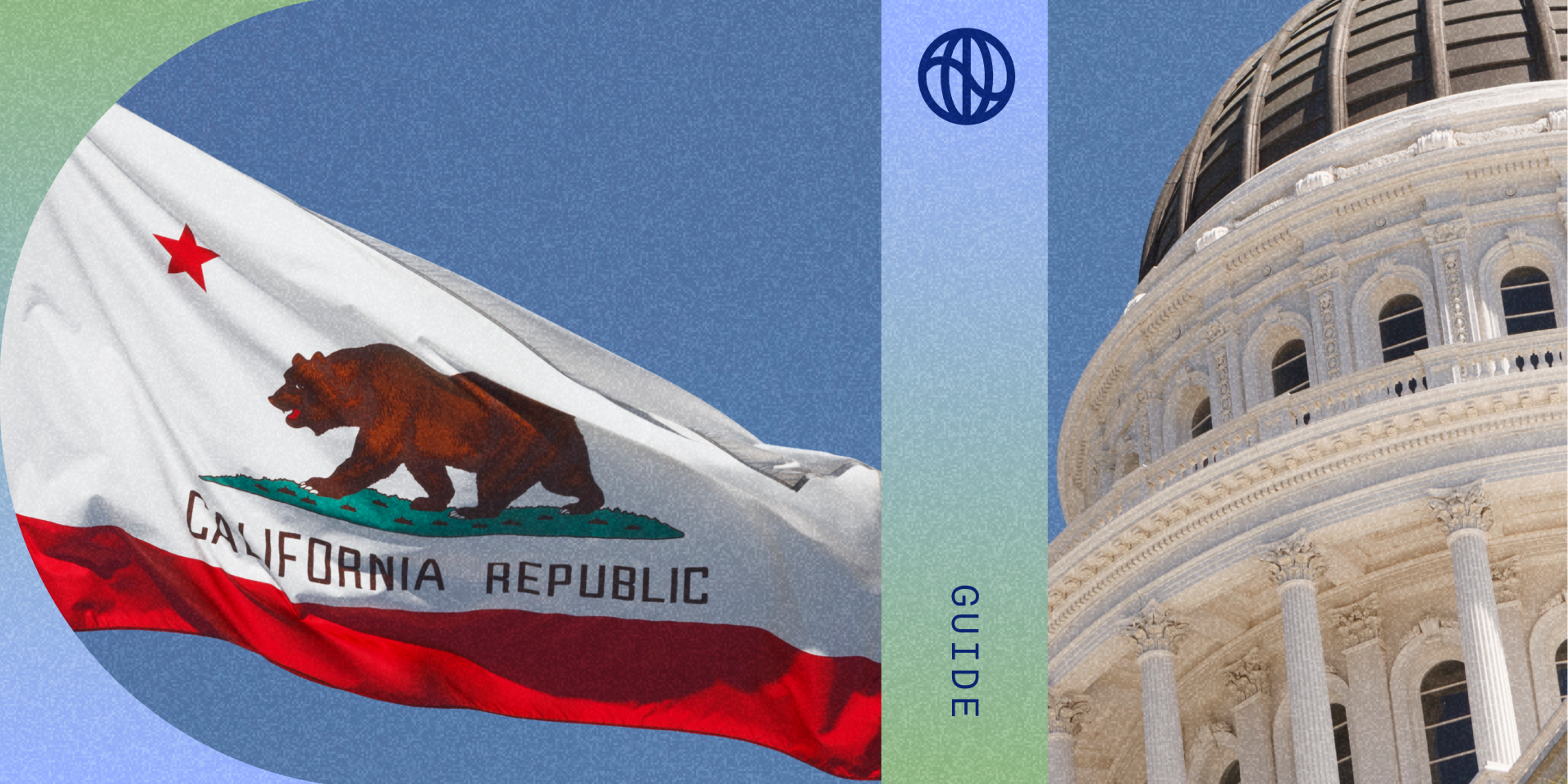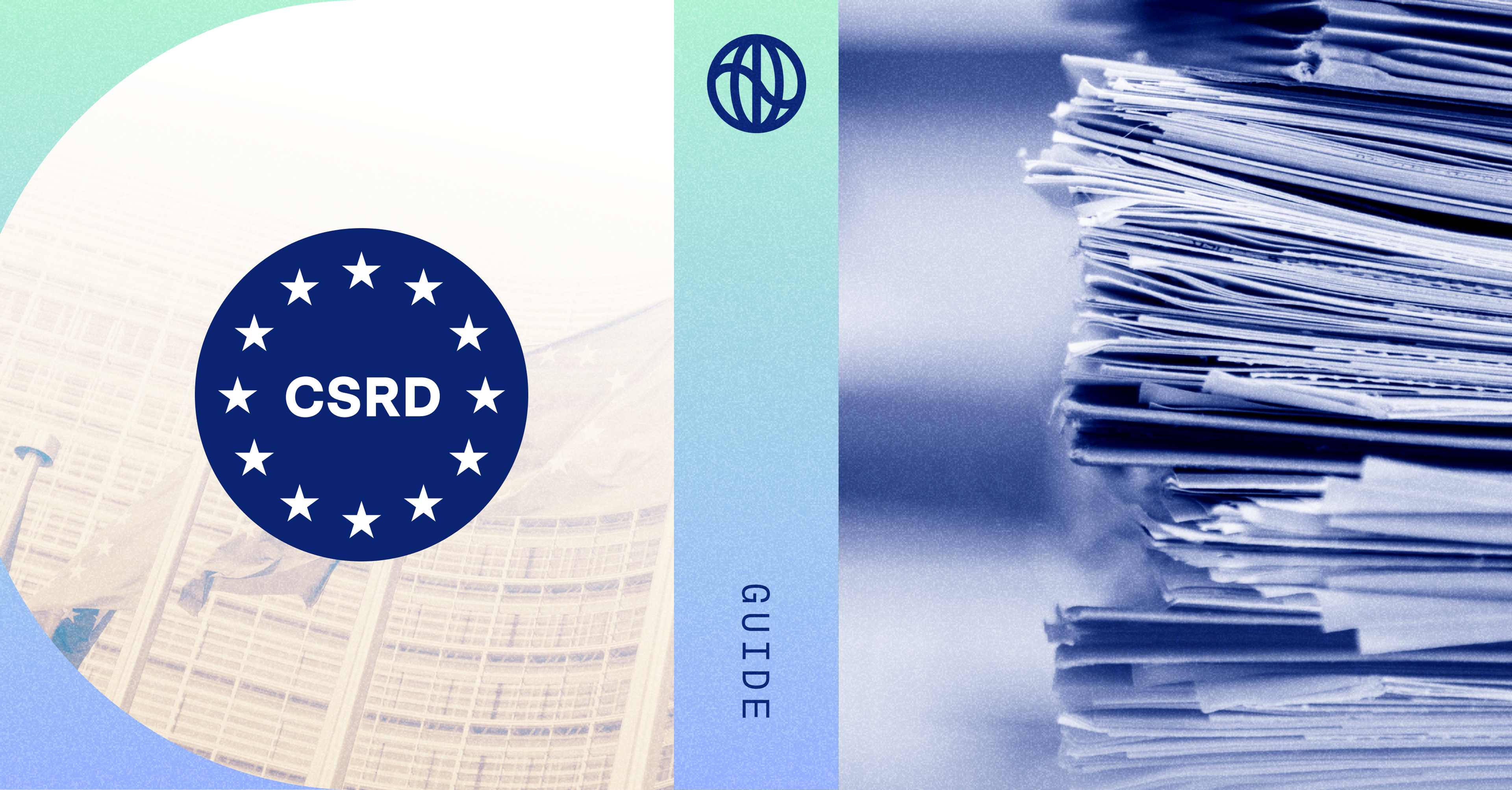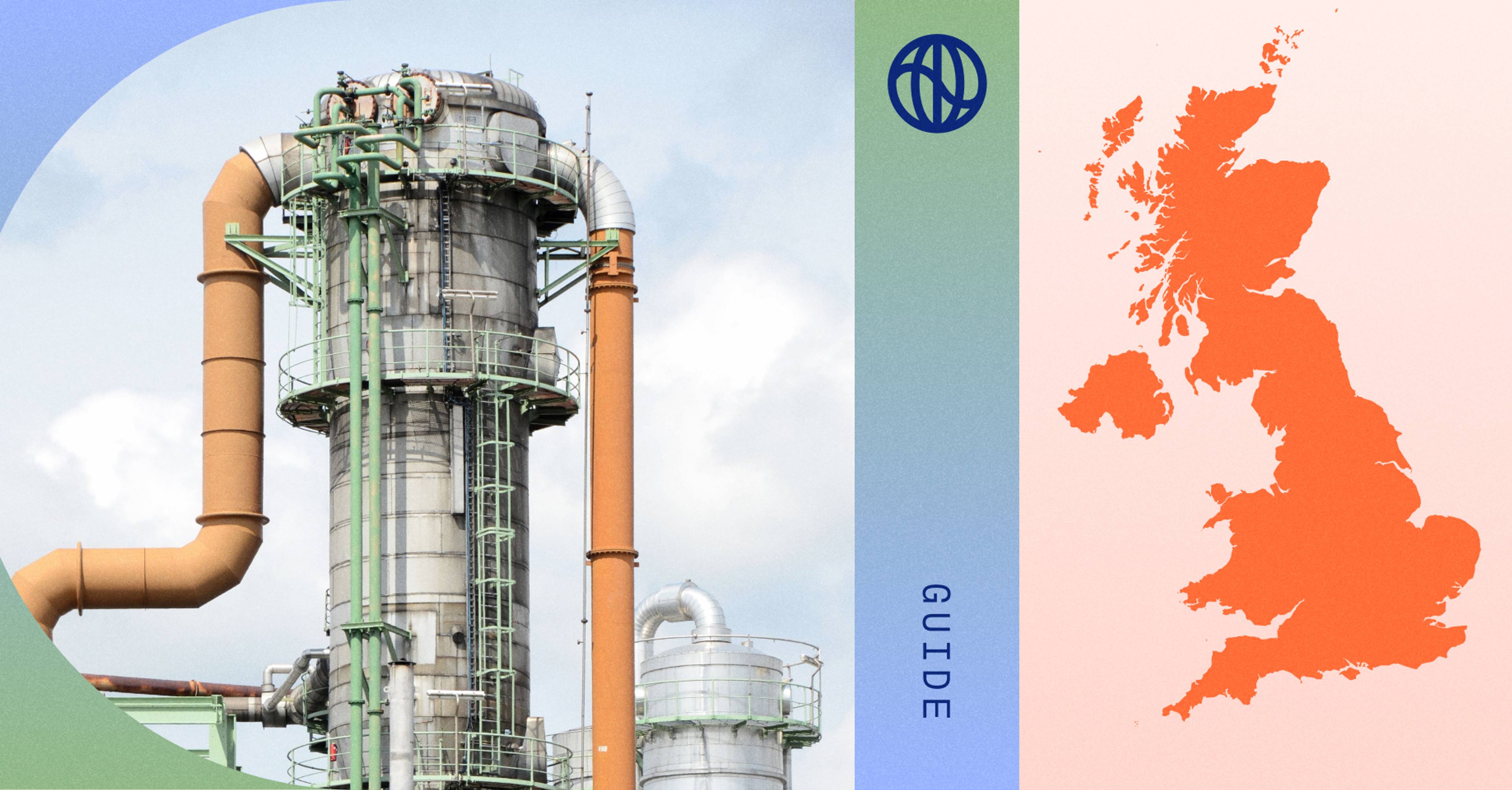Climate action in California has repercussions around the globe–the state has the fourth-largest economy in the world. For decades, the state has been a global leader on climate regulations, with the latest example being SB 253 and SB 261 that passed in late 2023 requiring certain companies to disclose climate-related metrics (with both bills being updated in SB 219 in late 2024).
The rule compels thousands of companies doing business in California to disclose their scope 1, 2, and 3 greenhouse gas emissions and/or climate-related financial risk information. Although it’s a state rule, the scope means that its impact is truly national, capturing companies across the US.
A note on terminology—the California climate disclosure rules have been known by several different acronyms in the course of being agreed and amended, and used to be two separate laws that have now merged into one. The final bill that legislated for the rules is known as SB 219, and you may sometimes see reference to the original bills SB 253 and SB 261. You may also see this referred to as CCDAA. For short-hand, we will be referring to the broader set as the California climate disclosure rules.
Scope and timeline
Here’s the schedule for when companies begin reporting:
| SB 253 | SB 261 | |
|---|---|---|
| Who is in scope | Companies with business in California and >$1B total global revenue | Companies with business in California and >$500M total global revenue |
| Requirements | Scope 1-3 emissions disclosure | Report on climate risks using the TCFD framework |
| Timeline | Scope 1-2 emissions + audit: 2026 Scope 3 emissions: 2027 Scope 3 audit: TBD (decision in 2026) | First disclosure by January 1, 2026, with biennial reporting thereafter |
| How Watershed supports | Watershed supports across CCDAA with audit-ready Scope 1-3 measurements | Watershed supports across the CCDAA with our TCFD Report-builder |
There remain some open questions around scope and timeline that the California Air Resources Board, also known by CARB, will define. See an explanation of CARB's latest guidance here.
What California’s climate disclosure rules require
The CCDAA requires some US based public and private companies doing business in California to disclose their scope 1, 2, and 3 emissions, beginning in 2026 on 2025 data. Scope 1 emissions are those that result directly from a company’s activities, while scope 2 are those released indirectly, for example, from electricity purchased and used by the company. Scope 3 encompasses all indirect emissions produced from a company’s entire supply chain. Scope 3 emissions reporting is required in 2027 on 2026 data; a year after the first scope 1 and 2 disclosures.
Scope 1 and 2 emissions disclosures need to be independently assured by an independent third party. Scope 3 emissions may also require assurance. The California Air Resources Board (CARB) is set to make that decision in 2027, and can introduce the requirement from 2030. All emissions disclosures will be submitted to and publicly disclosed by either CARB or a new digital reporting registry to be determined.
As well as emissions disclosures, the rule also requires certain entities doing business in California to prepare and publish climate-related financial risk reports that are consistent with recommendations from the Task Force on Climate-Related Financial Disclosure (TCFD) framework. Those reports must be published on a company’s website. The first report would be required to be prepared by January 1, 2026, and then refreshed biennially.
What are the liability implications of the California rules?
The law authorizes CARB to bring civil actions against subject companies and seek civil penalties for violations of the act. Penalties for companies relating to the emissions disclosure requirements can be up to $500,000. Penalties relating to the financial risk report part of the requirements can be up to $50,000. There is a safe harbor for scope 3 emissions disclosures; companies are not subject to administrative penalties for misstatements about scope 3 emissions made with reasonable basis and disclosed in good faith. CARB has also said that it will not take enforcement action for incomplete reporting against entities in the first year, on the condition that entities demonstrate good faith efforts to comply with the requirements of the law.
Software for California climate disclosures
Companies can leverage sustainability platforms like Watershed to compile their California reports. Using technology as the backbone of your measurement increases the calculation transparency and reduces the manual work needed to complete the exercise. In particular, Watershed's platform
- Measures every California SB 263 and SB 261 datapoint, including Scope 3 emissions.
- Guides customers through drafting narrative drafting with climate risk analysis support, peer benchmarks, expert guidance, and AI-driven tools
- Has to-date delivered a 100% pass rate on mandatory disclosures when customers have had their measurements audited and assured.
- Includes tools to enable real action – like supplier engagement or decarbonization modeling – for when your focus turns from compliance to action.












